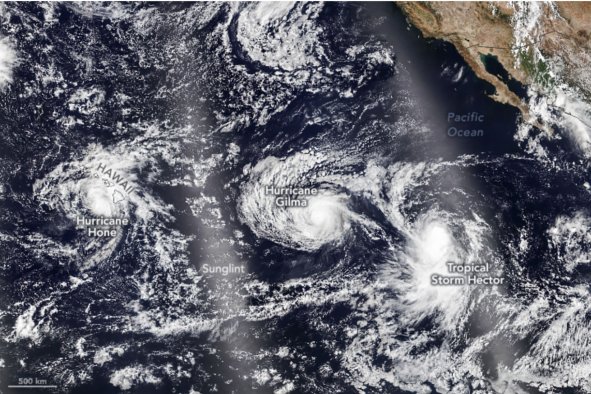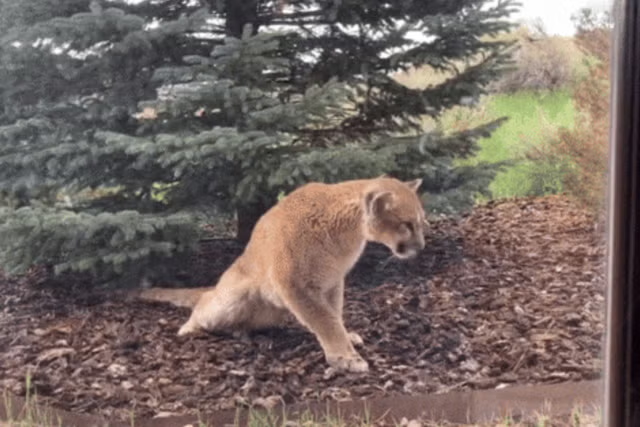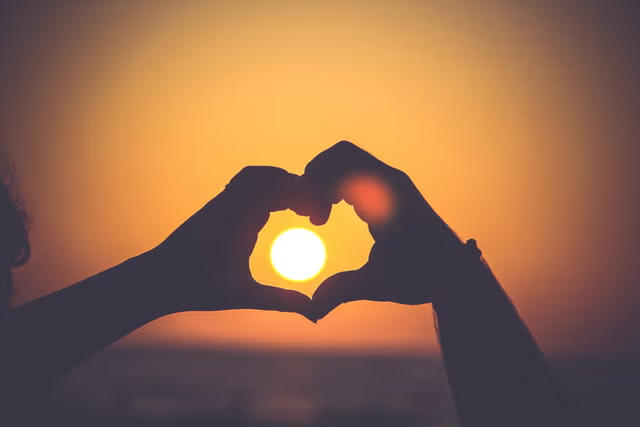In a bid to protect one of the world's most crucial seabird populations, conservationists have announced a bold plan to eradicate invasive mice from Marion Island, a remote South African territory located roughly 1,250 miles southeast of Cape Town.
The island's unique ecosystem is under severe threat as an overpopulation of mice has begun preying on albatrosses and other seabirds, consuming their eggs and even attacking birds.
"The densities of mice have literally increased by about 500 percent over the last 30 years," Anton Wolfaardt, project manager of the Mouse-Free Marion project told Newsweek.
"The seabirds have no evolutionary defense mechanism against this novel predator. And so they literally just sit on their nests while night after night the mice nibble away at them, eventually causing them to become fatigued and die for a variety of reasons."
Among the island's avian residents is the Wandering Albatross, known for its impressive 11.5-foot wingspan—the largest of any bird in the world. About a quarter of the global population of this species nests on Marion Island, making the situation even more critical.
Gruesome evidence presented at a recent meeting of BirdLife South Africa included images of bloodied birds with severe injuries, some with flesh eaten away from their heads.
If left unchecked, the attacks could contribute to the local extinction of 19 out of the 29 seabird species that breed on the island, according to the Mouse-Free Marion Project.
The plan—a joint endeavor between the South African Department of Environment, Forestry and Fisheries and the environmental NGO BirdLife South Africa—is to deploy helicopters to drop 600 tons of pesticide-laced pellets across the island.
The operation is estimated to cost around $29 million, though only about a quarter of the necessary funds have been raised so far.
Deploying hundreds of tons of poison onto a remote island is risky. There is a possibility that some birds may consume the poisoned mice, potentially coming to harm.
Despite this, Wolfaardt remains "confident of the ecological benefits," and says that steps have been taken to minimize unintended consequences.
For instance, the toxin that will be used is not water-soluble, preventing it from contaminating the island's water sources. Additionally, the eradication mission is scheduled for winter, when the mice are most vulnerable, and many of the summer-breeding seabirds have left the island.
"Based on experience of previous operations, we know that the majority of mice—perhaps 85 to 90 percent—will die underground in their burrows, where they are obviously less accessible to scavenging birds," Wolfaardt said.
"There really is a massive ecological conservation imperative, and we'd suggest an ethical one as well."
But carrying out the operation during the harsh sub-Antarctic winter poses significant challenges.
"When you're dealing with strong winds and poor visibility, one has to account for that in your planning," Wolfaardt said.
If all goes to plan, the project will commence in 2027 and could take between four and six months to complete. Skilled helicopter pilots and sophisticated GPS technology will be employed to carry out the task.
The unprecedented situation on Marion Island has been exacerbated by climate change, which has led to warmer temperatures on the island, allowing the mice to breed more frequently and for longer periods.
Initially introduced by humans in the early 1800s, the mouse population has spiraled out of control. While cats were once introduced to curb the mouse population, their presence led to further ecological disruption, and they were eradicated by 1991.
"Unlike most other conservation initiatives that I've been involved in, where you have incremental changes over long periods of time, this is the kind of operation where, in one decisive intervention, you solve the problem once and for all," Wolfaardt said.
If successful, the Mouse-Free Marion Project could not only save the birds on the island itself but also set a precedent for other conservation projects worldwide.
"Every project yields lessons for subsequent projects[...]and we expect that other projects will learn from ours as well," Wolfaardt said.
Do you have a tip on a science story that Newsweek should be covering? Do you have a question about seabirds? Let us know via science@newsweek.com.
Disclaimer: The copyright of this article belongs to the original author. Reposting this article is solely for the purpose of information dissemination and does not constitute any investment advice. If there is any infringement, please contact us immediately. We will make corrections or deletions as necessary. Thank you.



